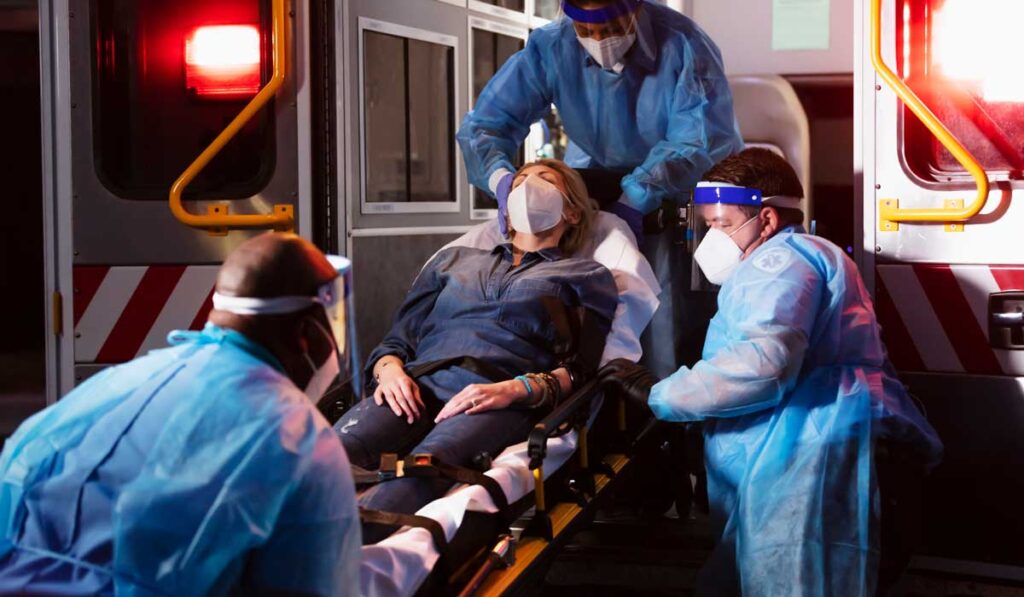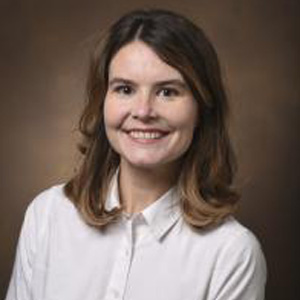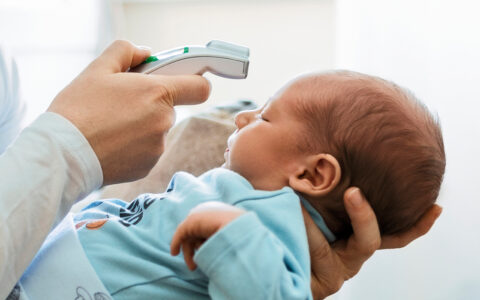During the COVID-19 pandemic, the number of patients with COVID-19 referred for extracorporeal membrane oxygenation (ECMO) has exceeded the capacity of specialized centers capable of providing the therapy.
In a study published in the American Journal of Respiratory and Critical Care Medicine, nearly 90 percent of patients with COVID-19 who qualified for but did not receive ECMO due to a shortage of resources died in the hospital.
The Vanderbilt University Medical Center study, led by Whitney Gannon, M.S.N., director of Quality and Education for the Vanderbilt Extracorporeal Life Support Program, analyzed the number of patients referred for ECMO in one referral region at the height of the pandemic, between January 1 and August 31, 2021.
“Even when saving ECMO for the youngest, healthiest and sickest patients, we could only provide it to a fraction of patients who qualified for it,” Gannon said. “There were a lot of people who didn’t have a place to go – and they did very poorly.”
Strict Eligibility Criteria
In the prospective clinical study, patients were considered medically eligible for ECMO if they satisfied criteria for severe acute respiratory distress syndrome as defined by the EOLIA trial and did not have primary or secondary contraindications as established by a multidisciplinary Vanderbilt committee. These were based on published guidance, published data on factors associated with death during ECMO for COVID-19, and investigator experience.
“There was a pathway of care for these patients, and most of those who didn’t receive it died.”
For all referrals, a standardized case report form was used to record patient characteristics. Once a patient was determined to be medically eligible to receive ECMO, a separate assessment was performed of the health system’s resources.
Among 240 patients with COVID-19 referred for ECMO, 90 patients (37.5 percent) were determined to be medically eligible to receive ECMO and were included in the study.
“Everyone understood how high the stakes were,” Gannon said. “Only the patients that we felt had a reasonable opportunity to survive with ECMO were provided ECMO.”
Health System Resource Capacity
The capacity to provide ECMO at a specialized center was available for 35 qualified patients (38.9 percent). Of these, 24 patients were cannulated and transferred to the ECMO center that received the referral, while 11 patients were transferred to another regional ECMO center.
“ECMO does save lives, so it makes sense for health systems and federal authorities to invest in these resources.”
For 55 patients (61.1 percent), the health system’s ECMO resources — equipment, personnel, and intensive care unit beds — were unavailable.
Death before hospital discharge occurred in 15 of the 35 patients (42.9 percent) who received ECMO, compared with 49 of the 55 patients (89.1 percent) who did not receive ECMO.
“Throughout the pandemic, it has been challenging for many outside of medicine to see the real-world impact of hospitals being ‘strained’ or ‘overwhelmed,’” said co-author Matthew Semler, M.D., an assistant professor of medicine at Vanderbilt. “This study helps make those effects tangible.”
Future Implications
In total, the risk of death for patients who received ECMO at a specialized center was approximately half of those who did not.
“Because some patients die despite receiving ECMO, there has been debate about how much benefit it provides,” said senior author Jonathan Dale Casey, M.D., an assistant professor of medicine at Vanderbilt. “These data suggest that, on average, providing ECMO to two patients will save a life and give a young person the potential to live for decades.”
“While it’s hard to know how much of the survival effect was from ECMO, it almost doesn’t matter,” Gannon added. “There was a pathway of care for these patients, and most of those who didn’t receive it died.”
Gannon notes that for hospitals where there is no ECMO program, the important thing is to identify patients who meet the ECMO criteria and arrange for early transfer to an ECMO-capable center. Her hope is that this study and others will lead to better health system capacity planning and resource allocation.
“We’re trying to show that ECMO does save lives, so it makes sense for health systems and federal authorities to invest in these resources.”





